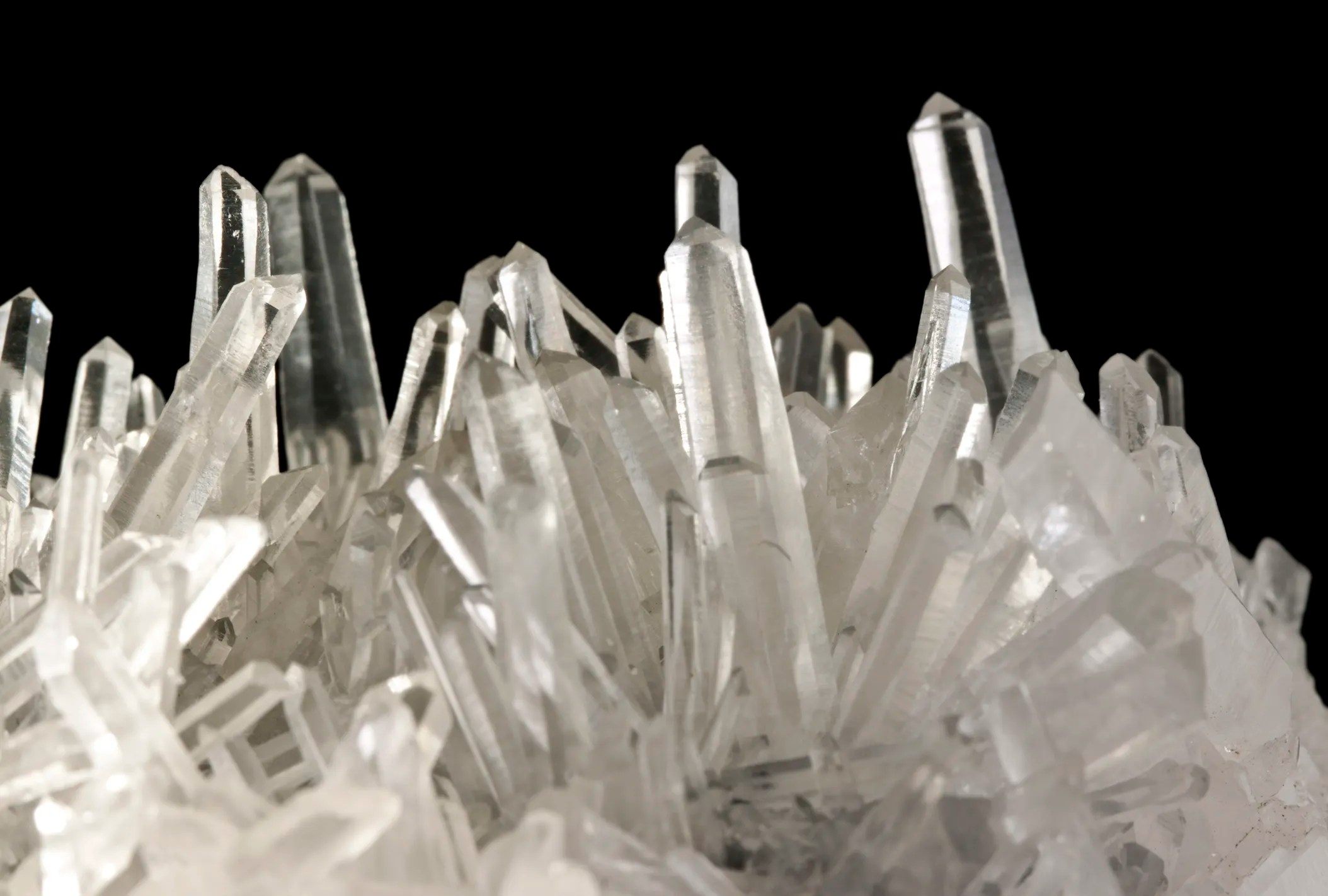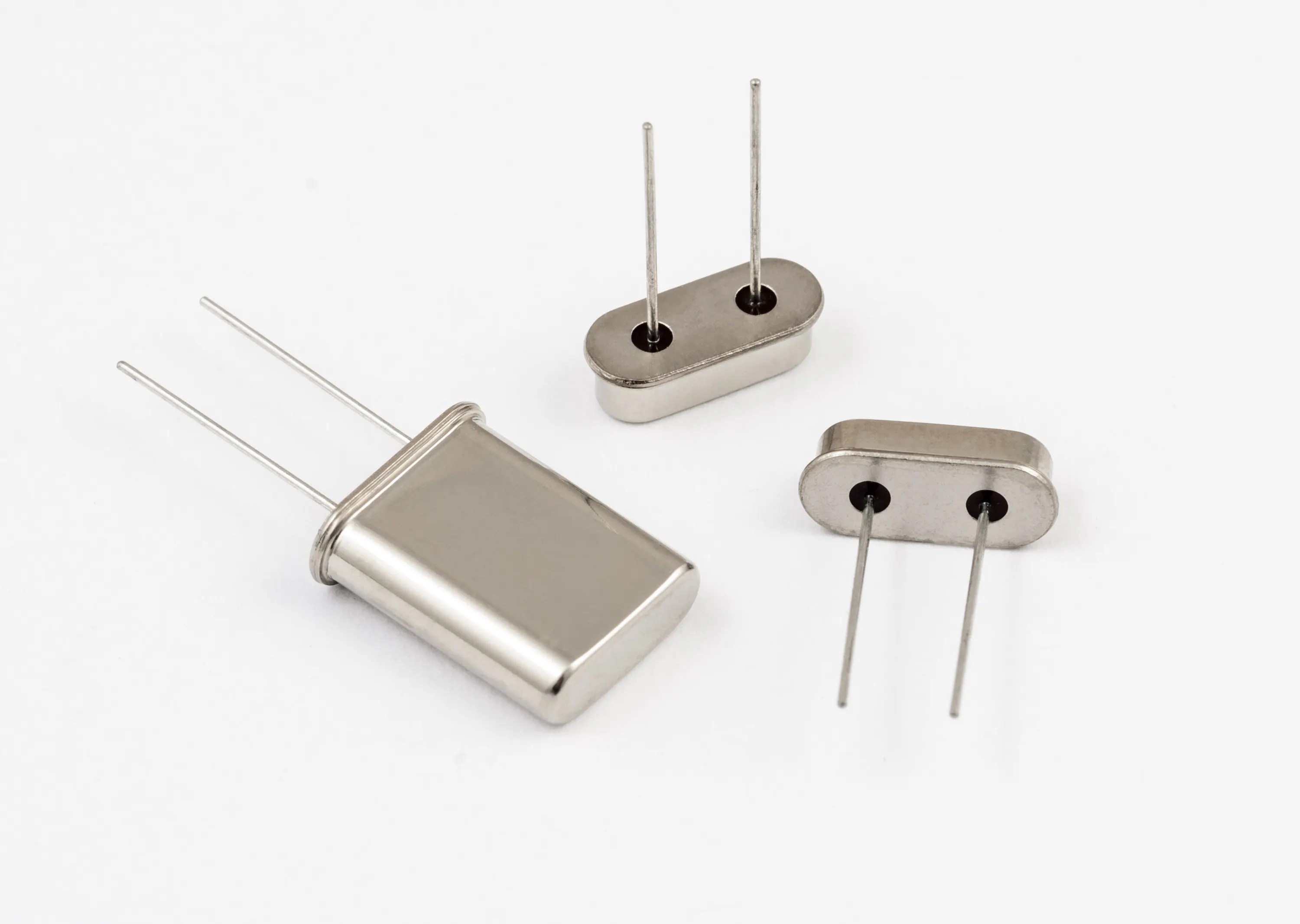IEC 60758 – Synthetic Quartz Crystals

IEC 60758 ED. 5.0 EN:2016 – Synthetic quartz crystal – Specifications and guidelines for use has been updated. The newest edition of this standard not only revises the structure of the document, but also includes several important technical additions, particularly the inclusion of quartz synthetic crystals for optical applications.
Quartz is synthetically produced to accommodate the resource-heavy application of manufacturing electronic devices that use quartz resonators to generate waves of a fixed frequency or convert resonance at a given frequency to a current. This is possible because quartz has no center of symmetry, exhibiting piezoelectricity, allowing pressure to generate a weak electric current and for an applied current to resonate at a fixed frequency.
To meet the demand of this industrial use, large synthetic crystals are produced using a hydrothermal process. In this method, slices of quartz, crushed silica, and an aqueous solution are placed in a large pressure-sealed container, where they are heated to extreme temperatures. Once the water evaporates, the remaining material is quartz. This artificial material is virtually identical to naturally occurring quartz, with the exception of not having any imperfections from the environment in which it was grown.

IEC 60758 ED. 5.0 EN:2016 addresses the specifications for artificial quartz after it is produced through the hydrothermal process. In addition to touching upon that process itself, the standard covers dimensions and related specifications of the synthetic quartz crystals. This includes their shape (crystal axis, cut direction, orientation) and a method to check the quartz for any imperfections, as it should have none.
The standard also details specifications unique to the specific applications of the manufactured quartz. Specifically, it recommends appropriate inclusion density grades, infrared absorbance coefficient grades, and striae in synthetic quartz crystals used for optical applications and infrared absorbance coefficient grades and frequency-temperature characteristics in those for piezoelectric applications.
Quartz is not the only synthetic gem material, but it is certainly the one with the most manufacturing applications. Other gems, such as diamonds, sapphires, and emeralds, can be manufactured using the hydrothermal process, in addition to several other solution or melt processes. Just as with quartz, these synthetic gems share virtually all chemical, optical, and physical characteristics with their natural counterparts, which can be a problem with precious gems. To prevent any deceptive practice, in the United States, the Federal Trade Commission requires that any gem material produced in a laboratory be described in a way that leaves no doubt that it was not produced naturally.
IEC 60758 ED. 5.0 EN:2016 – Synthetic quartz crystal – Specifications and guidelines for use is available on the ANSI Webstore.






